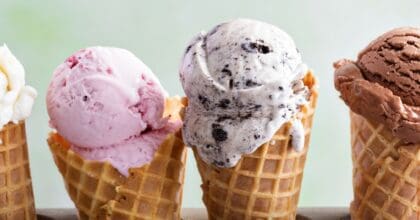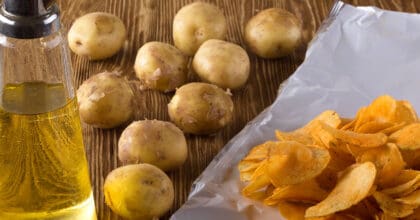Coffee innovation in India is on the rise, with a 1% growth from the previous year. This places India among the top 10 global markets for coffee innovation. However, the strong preference for tea among Indian consumers is a considerable barrier to coffee’s category growth prospects.
Tea is the most active category in beverage innovation in India, and its consistent launch activity over the past three years reflects its enduring popularity among consumers. A significant 62% of Indian consumers have consumed regular hot tea (with/without milk), compared to 43% who have drank hot coffee.
The gap in consumption highlights the need for coffee brands to enhance their appeal to capture a larger market share. For over one-third of Indian non-coffee drinkers, their preference for tea is the primary reason for not consuming or consuming less hot coffee.
To break through this barrier, brands can consider the following strategies:
Link coffee consumption to stress relief
Nearly half of Indian coffee consumers associate coffee with stress relief. Coffee brands can strengthen this association by positioning coffee as the go-to beverage for stress-relieving occasions, such as socializing with friends or self-care routines.
For example, the Indian brand Rage Coffee leveraged this association on Instagram by collaborating with the beauty brand Conscious Chemist. Together, they offer a self-care bundle featuring Rage’s coffee and Conscious Chemist’s sun cream.

Address taste concerns surrounding coffee
In India, 23% of non-hot-coffee drinkers cite an ‘unpleasant taste’ as a barrier to consuming hot coffee. Coffee brands can take a cue from the tea industry in addressing this concern. Social listening data from 2021 to 2023 reveals that while many coffee posts mention flavour, these are less frequent than tea posts.
Tea is commonly made from a variety of tea leaves, fruits and spices which allows a clear taste to be communicated (eg ginger, lemon).
Given that most (non-flavoured) coffee is made from just two bean types (Arabica and Robusta), coffee brands must differentiate taste through blends, roasts, and brewing methods. Highlighting tasting notes (eg chocolate) that connect coffee to familiar flavours could help overcome taste barriers.
For example, Dope Coffee Roasters’ Mysore Nuggets Roasted Coffee Beans offer a light to medium roast with taste notes of toasted cornflakes, butterscotch and caramel (India).
Dope Coffee Roasters Mysore Nuggets Roasted Coffee Beans; Mintel GNPD
Capitalise on demand for RTD coffee with protein
In India, one in four coffee consumers express a willingness to pay more for ready-to-drink (RTD) coffee with added protein. Coffee brands that may be sceptical about incorporating proteins should note that 41% of Indians claim to consume protein supplements and/or beverages daily.
Demand for the taste of coffee also exists within this format. 40% of Indian protein supplement/beverage consumers are interested in coffee flavours. Indian coffee brands can look to markets abroad for inspiration on partnering coffee with protein.
Caffeine Army’s Choconilla Flavored Super Coffee combines 11g of protein and 100mg of caffeine which the brand links to an energy boost (Brazil). This can resonate with 44% of Indian protein supplement/beverage consumers who express interest in products that offer an energy boost.
Caffeine Army Choconilla Flavored Super Coffee; Mintel GNPD
What we think
The Indian retail coffee market, valued at $570.3 million in 2022, is projected to grow by 13% to reach over $640 million by 2025, according to Mintel Market Sizes. This growth presents a promising opportunity for both local and international coffee brands. However, the challenge lies in persuading tea-loving India to embrace coffee. Identifying consumer-led strategies to drive purchase will be crucial for the coffee category to thrive in this competitive market.
If you are interested in learning more about this topic, please contact us today.








































